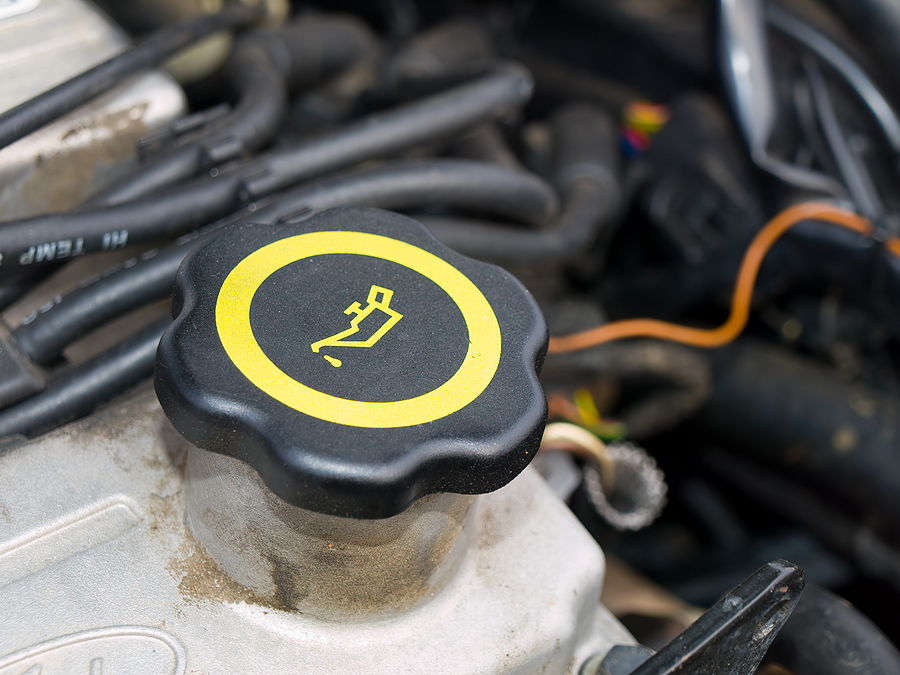The car’s oil is one of the most important fluids, and it needs to be changed regularly in order to keep the car running properly. If you’re unsure whether or not your car needs an oil change, it’s always best to consult with a professional mechanic. They can help you determine if it’s time for a change, and they can also perform the task for you.
In the meantime, continue below to learn the common signs that suggest you need an oil change, why oil changes are important, and what might happen if you skip your regularly-scheduled oil change service.

When to Change Your Oil
There are a few different signs that suggest you need an oil change, so it’s important to be aware of them. One common sign that your car needs an oil change is if the oil level is low. You can check this by looking at the dipstick; if the oil level is below the minimum line, then it’s time for a change. Another sign is if the oil looks dark and dirty. This means that it’s not doing its job of lubricating and cooling the engine as effectively, so it needs to be replaced.
If your car’s engine is making strange noises, this can also be a sign that the oil needs to be changed. If you notice any knocking or ticking sounds, it’s best to get it checked out by a mechanic. Finally, if your car is due for an oil change according to the manufacturer’s schedule, then it’s definitely time to get it done. Don’t put it off, as old, dirty oil can cause serious damage to your engine.
Refer to the Owners’ Manual for Your Oil Change Schedule
Oil changes are an important part of maintaining your vehicle. Not only do they keep your engine running smoothly, but they also help to prolong the life of your car. Depending on your driving habits, you should change your oil every 3,000 to 5,000 miles. However, it’s always best to consult your owner’s manual to see what the specific recommendation is for your car. You can also ask your handy automotive mechanic for their advice.
What to Expect From Oil Change Service
When you bring your car in for an oil change, a team of certified technicians will drain the old oil and replace it with fresh, new oil. They will also check your other fluids and make sure that your tires are properly inflated. All of this helps to keep your car running at peak performance. So, don’t put off your oil change any longer. Schedule an appointment as recommended by your owners’ manual or mechanic so that you can keep your car on the road for miles to come.
Consequences of Driving With Low or No Oil
If you drive with low oil, it can cause your engine to seize up. This means that the engine will no longer be able to turn over, and you will not be able to start your car. If this happens, it can cause serious damage to your engine. In some cases, it may even require a new engine. This can sometimes cost more than what your car is actually worth. In this case, consider selling a totaled car to an Indianapolis junk car buyer for cash on the spot.
Is your car totaled because of a broken down engine? Contact GC’s Junk Cars at 317-608-2188 to sell a junk car in Indianapolis, Indiana. We offer free junk car removal, so all you have to do is call and accept our offer! Request a free estimate, today.
Related Posts:
Why is My Check Engine Light Flashing?
Is My Car Totaled if the Engine Blew?
Vital Car Fluids and What You Need to Know About Them
